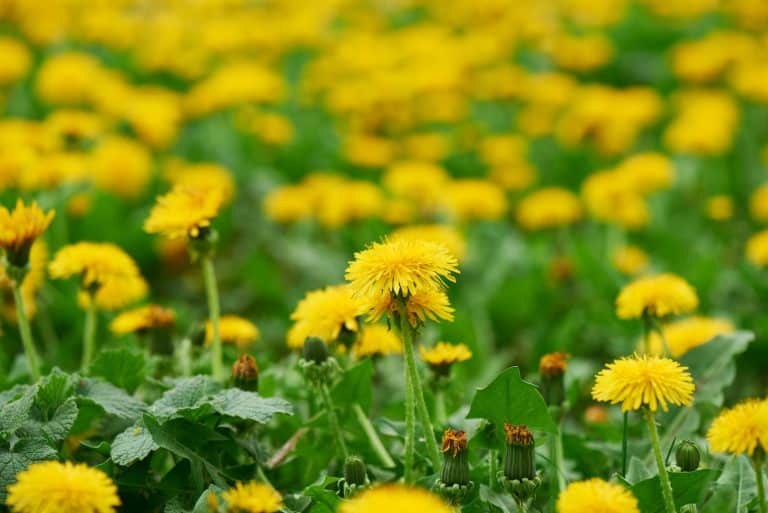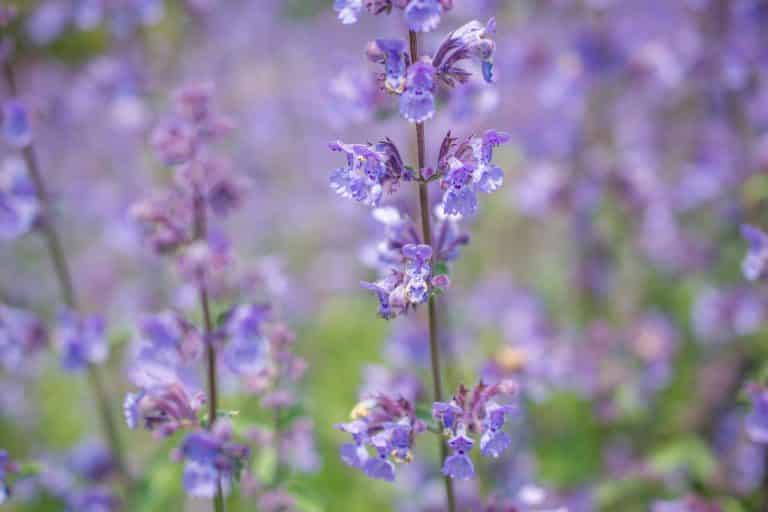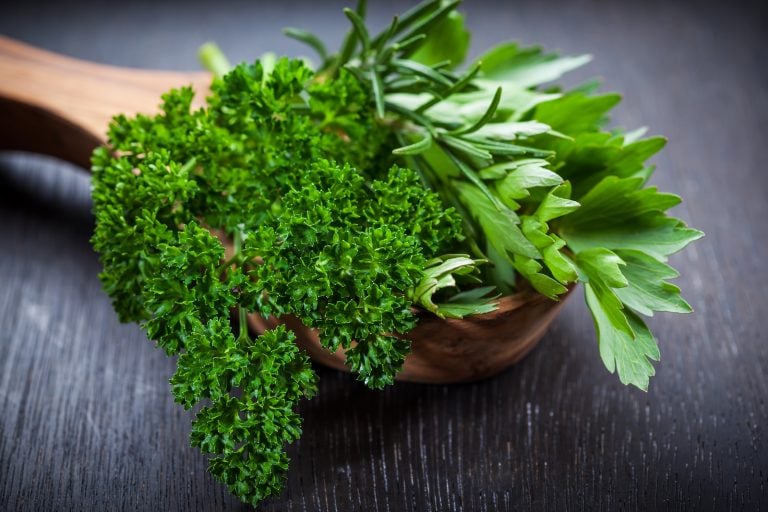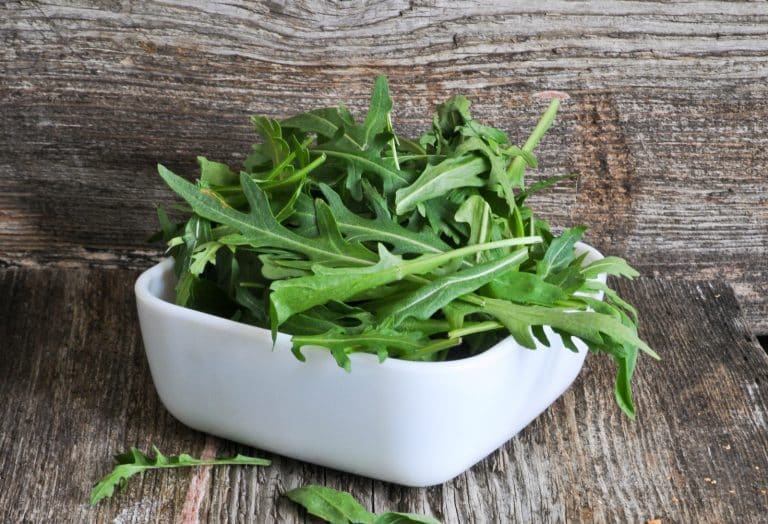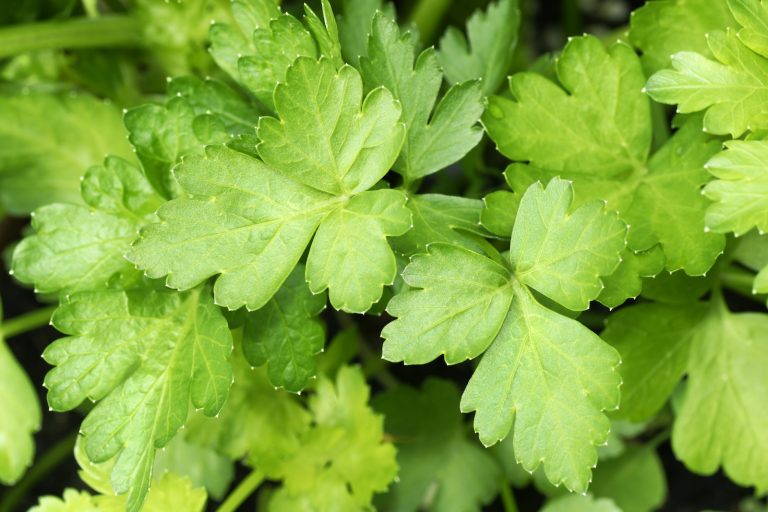When it comes to American spice blends, it is difficult to find any that have become more ingrained in the nation’s food culture than Old Bay seasoning and Creole seasoning. Despite being from very different parts of the US, these blends have a lot in common. The question that many cooks might have is how similar are they to each other? If you are thinking about using one or the other, consider their respective properties in this SPICEography Showdown.
Spice Comparisons
Sow Thistle Vs. Dandelion: SPICEography Showdown
Sow thistle and dandelion are close enough relatives that they are often mistaken for each other. The fact that they look alike and have some nutritional properties in common may lead you to believe that the two herbs are interchangeable. They can be used in some of the same applications, …
Catmint Vs. Catnip: SPICEography Showdown
Catmint and catnip both belong to the Lamiaceae family and have quite a few things in common as evidenced by the cat prefix that they share. The two names are also commonly confused as many people believe that they refer to a single herb. That said, catmint and catnip are two quite different herbs that possess different properties despite their commonalities. If you are trying to choose between one or the other, keep in mind that they can have very different effects so which you choose depends on the benefits you want. The catmint vs. catnip SPICEography Showdown below can help.
Italian Parsley Vs. Curly Parsley: SPICEography Showdown
Italian parsley and curly parsley have been the quintessential garnishing herbs in Western cuisine. There was a time not too long ago when a chopped parsley garnish seemed essential for fine dining dishes. These days, most cooks agree that garnishes should do more than make your dish pretty. When it comes to the two parsleys, which you choose can have a significant impact on the flavor and visual appeal of the food that you are serving. Compare the two in the SPICEography Showdown below.
Arugula Vs. Spinach: SPICEography Showdown
Arugula and spinach are two healthy and versatile greens that you can use raw or cooked. While they have similarities, it is best not to swap them out in a recipe without learning more about their characteristics. Learn more about how arugula compares to spinach in the SPICEography Showdown below.
Garlic Chives Vs. Chives: SPICEography Showdown
Garlic chives and chives both belong to the same family. These two Alliums share some visual similarities and are used only in savory dishes. Beyond that, they have some considerable differences despite the fact they both have chives in their name. If you want to know more about how these …
Flat Leaf Vs. Italian Parsley: SPICEography Showdown
While flat leaf and Italian parsley sound like names for two varieties of parsley, they actually two names for the same one. There are only two main varieties of parsley — one variety commonly known as flat leaf (AKA Italian) parsley and the other variety known as curly leaf parsley. These are the only two varieties of parsley that you are likely to find anywhere. In the produce section of your grocery store, you may find another herb — cilantro — that is sometimes called Chinese parsley but cilantro is not actually a parsley variety. The apparent distinction between flat leaf and Italian parsley can be confusing if you are not particularly familiar with culinary herbs. In order to understand flat leaf parsley and Italian parsley, consider the SPICEography Showdown below.
Coriander Vs. Parsley: SPICEography Showdown
When comparing coriander and parsley, it is important to remember how the word coriander is sometimes used. There are two ingredients called coriander that might show up in a cook’s spice cabinet: coriander seed and coriander herb. Both are commonly shortened to simply coriander. Coriander seeds are the coriander plant’s dried berries, while the coriander herb consists of the leaves and stems of that same plant. The coriander plant is better known as cilantro in the U.S. but is called coriander in the U.K. In the US, only the seed is referred to as coriander.
If you are trying to follow a recipe that requires coriander, find out whether the author intends you to use the herb or the spice. If there are no other clues, consider whether the recipe was published for an American or a British audience.
You should also note that there are two different types of parsley with mild but noticeable differences in terms of appearance and taste.
Below is a look at the ways in which coriander (seed) differs from parsley. If you are looking for coriander leaf (cilantro) vs. parsley, see our SPICEography Showdown here.

